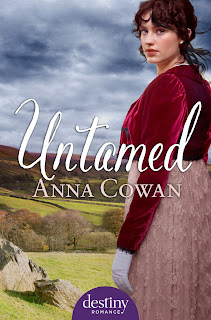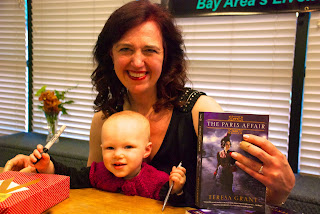Where we stand
I am increasingly convinced that the fourth great crisis of American national life (after 1774-1794, 1861-68 or so, and 1929-45) began either on 9/11 or in November 2000 at the time of the contested election, and that it is limping towards its conclusion as Barack Obama moves through a disappointing second term. Events could change my mind. Another economic collapse or a foreign war could put us back into full crisis mode, although the latter, despite disquieting noises from China, seems unlikely. The crisis is in many ways a non-violent version of the civil war. The nation, divided largely on regional lines, has fought a bitter conflict over the role of the federal government and over values. Religion has played a larger role in this crisis than in any other in American history. This time we have not fought the conflict militarily, but rather through a ruthless use of our political institutions designed to mobilize both sides around common values. Be...




